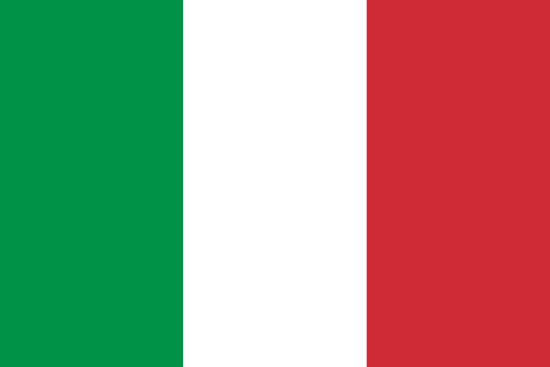"Bozen – Südtirols Herz | Bolzano - The Heart of South Tyrol"
About:
Bolzano, located in Northern Italy, was founded by the Romans in 15 BC. It flourished as a trading post due to its strategic location. In the Middle Ages, it became part of the Holy Roman Empire. After various rulers, it was annexed by Italy in 1919. Despite World War II bombings, many historic buildings survived. Today, Bolzano is a vibrant city known for its blend of Italian and German cultures, its university, and its role as a major economic hub in the South Tyrol region.
When to visit:
Bolzano, a picturesque city located in the northern Italian region of South Tyrol, is a popular holiday destination known for its stunning Alpine scenery, rich history, and vibrant culture. The best time to visit Bolzano largely depends on your preferences and interests. If you enjoy outdoor activities such as hiking and skiing, the winter months from December to February offer snowy landscapes and winter sports opportunities. On the other hand, the spring and summer months from April to September are ideal for exploring the city's historic sites, vineyards, and attending cultural events such as the annual Bolzano Flower Festival in May. Ultimately, any time of year is a good time to visit Bolzano, as the city's charm and beauty can be appreciated year-round.
When to avoid:
The worst time to travel to Bolzano, Italy on a holiday is during the peak tourist season in July and August. During these months, the city experiences high temperatures and large crowds, making it difficult to fully appreciate the local attractions. Additionally, hotel prices tend to be at their highest during this time, leading to increased expenses for travelers. For a more enjoyable and cost-effective visit, it is recommended to avoid traveling to Bolzano during the peak summer months and consider visiting during the shoulder seasons of spring or autumn instead.
Winter Season (Dec-Feb)
Bolzano, Italy, experiences its coldest period from December to February with temperatures ranging from -1°C to 7°C. Snowfall is moderate but can lead to beautiful snowy landscapes. Rainfall is relatively low, averaging around 30mm per month. Days are short with around 5 hours of sunlight, often obscured by cloud cover. An average day for a visitor might involve brisk walks under grey skies, enjoying the snow-dusted cityscape, warming up in cozy cafes, or exploring indoor attractions like the South Tyrol Museum of Archaeology.
Summer (June-August)
In Bolzano, Italy, the warmest part of the year typically falls between June and August. During this period, the average high temperatures range from 27°C to 31°C (80°F to 88°F). Rainfall is relatively low, with monthly averages ranging from 60mm to 90mm. The city enjoys plenty of sunlight, with an average of 8 to 9 hours of sunshine per day.
Humidity is moderate during these months, typically ranging from 60% to 70%. Cloudiness is also moderate, with clear or partly cloudy skies most of the time.
A typical day for a visitor during this period would start off sunny and gradually warm up, reaching peak temperatures in the early afternoon. The humidity level is comfortable, making it ideal for outdoor activities. Occasional summer storms might occur, but they usually don't last long. Evenings are pleasant and slightly cooler, perfect for enjoying local outdoor dining and nightlife.
Language:
Bolzano, located in Italy's South Tyrol region, is predominantly bilingual. The most commonly spoken languages are Italian and German. Italian is the official language of Italy, while German is prevalent due to the city's historical ties to Austria. Additionally, Ladin, a Romance language, is spoken by a small portion of the population.




